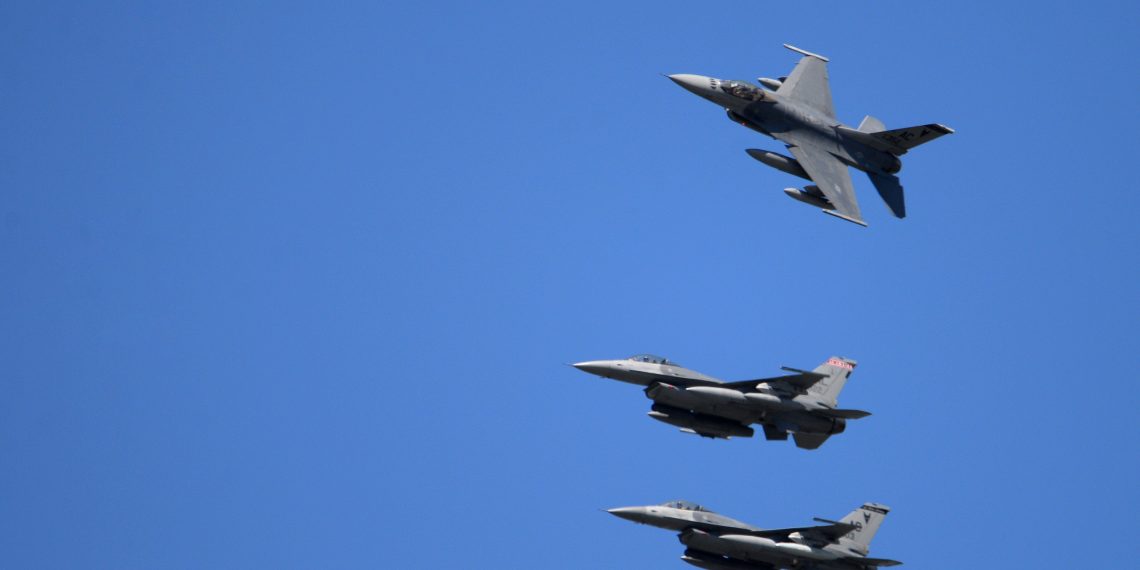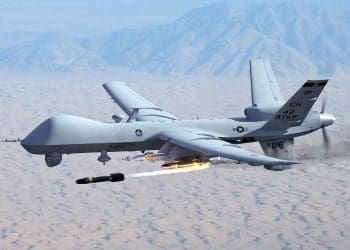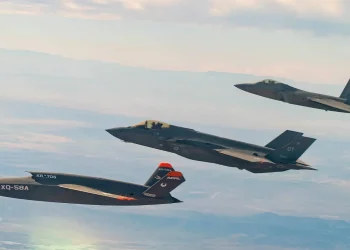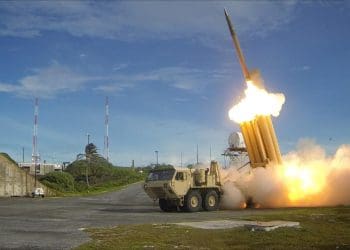In a significant move to bolster Ukraine’s defense against Russia, President Biden has authorized the extension of training for Ukrainian F-16 pilots through 2025. This initiative is part of a broader $375 million security assistance package aimed at enhancing Ukraine’s military capabilities. With Russia’s invasion continuing, the U.S. is ramping up its support, focusing particularly on aviation, air defense, and ground capabilities.
The newly announced package, part of the 66th U.S. security assistance program since Russia’s 2022 invasion, includes advanced air defense systems, artillery, and other military equipment sourced from U.S. stockpiles. In particular, the training program will see 18 additional Ukrainian pilots trained to operate F-16 fighter jets by 2025, expanding Ukraine’s ability to defend itself from Russian aerial and ground attacks.
This comprehensive package, approved by the U.S. Department of Defense on September 26, 2024, leverages the presidential drawdown authority (PDA) to accelerate the provision of key military assets. Notable elements of the package include munitions for HIMARS (High Mobility Artillery Rocket Systems), Javelin anti-tank systems, M1117 armored vehicles, and air-to-ground munitions. The U.S. has now committed around $56.3 billion in military aid to Ukraine since the war began, cementing its role as a critical supporter of Ukraine’s resistance.
While the U.S. has yet to directly provide F-16 jets to Ukraine, its NATO allies, such as Denmark and the Netherlands, have delivered these advanced aircraft to Kyiv. Ukraine received its first F-16s in August, thanks to European support. The U.S. is playing a pivotal role in training Ukrainian pilots on these aircraft, vital for bolstering the country’s air defense capabilities.
In a multinational effort, the first group of 14 Ukrainian pilots began training on F-16 jets in Romania, utilizing aircraft provided by the Netherlands. Canada has also stepped in, launching its own training program to equip Ukrainian pilots with the skills necessary to operate these sophisticated jets.
Challenges in F-16 Pilot Training
Training on F-16s is no easy task. Pilots must master not only the handling of the aircraft but also the integration of advanced weapon systems, a process that can take several months or even years. Moreover, coordinating the training of increasing numbers of Ukrainian pilots in European facilities like Romania, or potentially in the U.S., while maintaining national programs, poses significant logistical challenges. Ensuring standardization and speed across different allied countries also complicates efforts.
In addition to the F-16s, Ukraine has shown interest in expanding its fleet with other advanced fighter jets. Kyiv has expressed a desire to acquire Mirage 2000s, Eurofighter Typhoons, and Saab Gripens, each offering unique advantages in terms of maneuverability, combat capabilities, and maintenance efficiency. However, obstacles such as availability, negotiations with supplier countries, and the need for extensive pilot training remain formidable.
A Strategic Shift
Ukraine’s ongoing requests for diverse fighter jets underscore its pressing need to diversify its fleet and reduce dependency on F-16s. Achieving air superiority is critical for countering Russian forces, and expanding its aerial capabilities could provide Ukraine with greater flexibility in combat. Nevertheless, the logistical and financial challenges tied to acquiring and maintaining these aircraft persist, leaving Kyiv in a precarious position as it works to strengthen its air force.
The U.S. and its allies remain committed to providing long-term support for Ukraine’s defense, and this latest package is a testament to the sustained international effort to confront Russian aggression. As the war drags on, military aid, especially in the form of airpower and training, is proving to be a crucial factor in Ukraine’s ability to resist Russian advances and secure its sovereignty.










